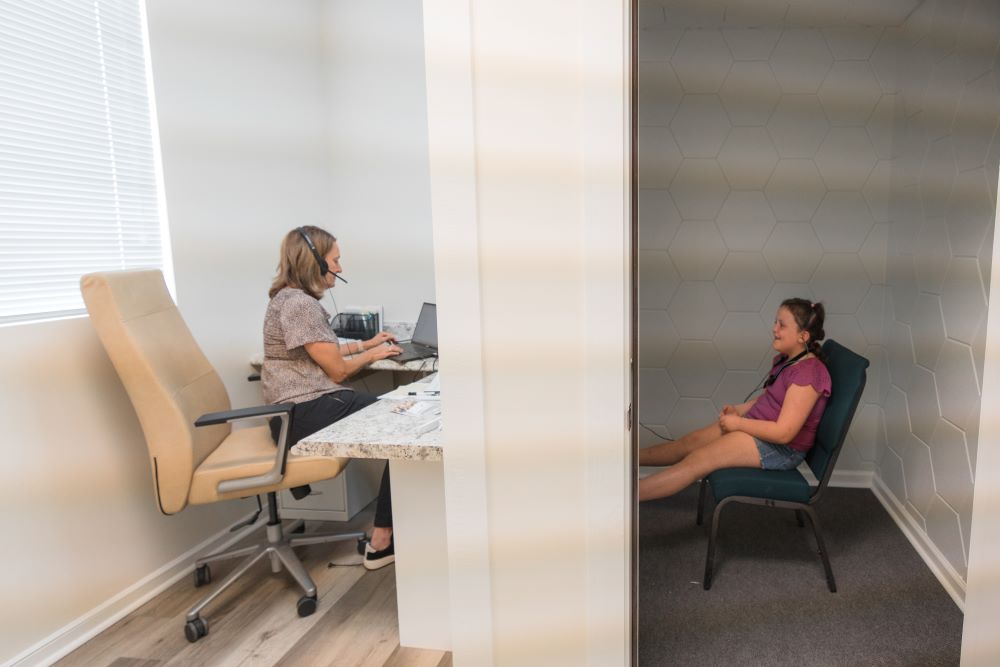Services

Hearing Tests
A hearing test, often called an audiogram, is like a checkup for your ears. Here's what you can expect:
1. Introduction and History: We conduct a comprehensive case history and provide you with a self-assessment scale to gain valuable insights into your specific challenges and tailor our assistance accordingly. These forms will be conveniently emailed to you before your appointment. We highly recommend completing them in advance to allow thoughtful consideration of your responses and ensure a more effective and personalized consultation.
2. Cognivue Screening: This self-administered screening provides us with valuable insights into the cognitive load your brain experiences while processing incoming information. The assessment is brief, taking only 5 minutes, and may be repeated 2-4 months after a hearing aid fitting, should that be the chosen course of action.
3. Physical Examination: We will examine your ears using a light to make sure there's no physical blockage or earwax that could be affecting your hearing. If there is earwax blocking the ear, we are able to remove it safely and effectively using the Earigator.
4. Pure-Tone Audiometry: This is the main part of the test. You'll be in a quiet room and wear headphones. You will hear different tones at various volumes and frequencies. When you hear a sound, you press a button or raise your hand. Your responses will be recorded on a chart called an audiogram that shows the softest sounds you can hear at different pitches. A vibrating device is then placed behind your ear to check if sound can reach your inner ear through the bones of your skull. This helps identify where the hearing issue might be located.
5. Speech Audiometry: You will be asked to repeat words at a comfortable volume in quiet and in noise to determine your understanding ability.
6. Middle Ear Function Tests: This involves checking how your eardrum reacts to changes in pressure. It's painless and helps assess the health of your middle ear. This will be followed by sounds that are loud but quick to determine where your ear elicits a reflex.
7. Results: We will then go over your results and discuss a treatment plan. This plan may or may not include hearing aids.

Tinnitus
Tinnitus is a buzzing or ringing-like noise heard in one or both ears. Numerous factors can cause tinnitus including hearing loss. Tinnitus can be experienced intermittently or chronically, taking a toll on sleep, mood, concentration, communication, etc. While hearing aids for tinnitus masking are not a cure for tinnitus, they can help alleviate these symptoms. Although your tinnitus may not go away entirely, there are many ways to take control of your tinnitus and reduce its impact on your life.
One approach is to use fractal tones which help those with tinnitus relax and reduce stress. Habituation is all about training the brain to receive and process tinnitus differently. Using deep relaxation exercises and sound therapy, the brain is trained to process tinnitus as mundane background noise rather than unpleasant and debilitating. Another option is using notch therapy to train the brain to ignore tinnitus. The frequency of the tinnitus is targeted and amplification of the sound is turned down and relegated to background noise making it easier for your brain to ignore it.
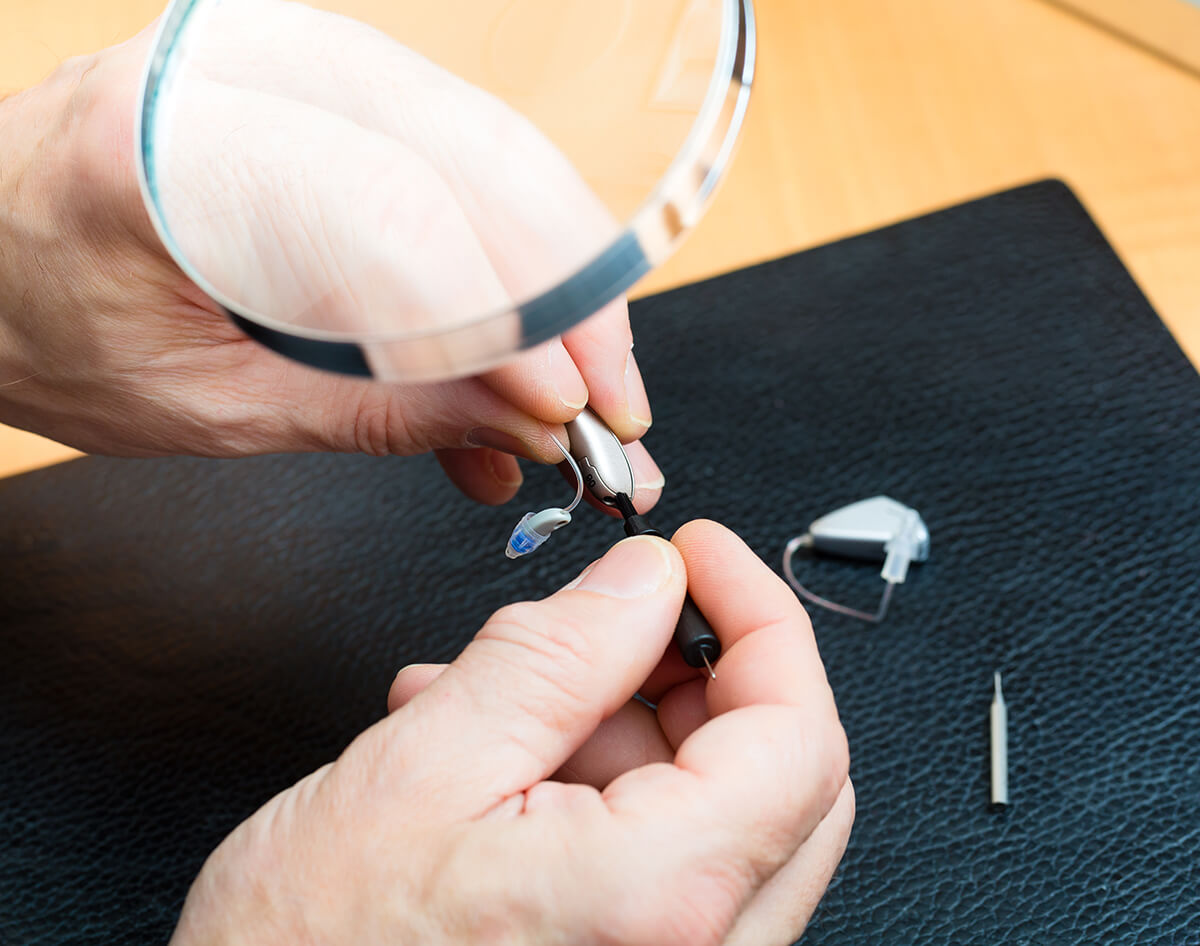
Hearing Aid Repair
Hearing aids are the most common way hearing loss is treated. These highly durable devices provide ample support as people navigate daily life. But like most items that are used daily, they can be impacted by daily wear and tear. It is common for hearing aids to need repair work over time. To make this as convenient and easy as possible, our practice offers in-house hearing aid repairs. This allows our patients to access repair work without the hassle.
Common repairs that are needed include replacing tubing, fixing the battery compartment if the door is ajar, and professionally cleaning the hearing aid if components are clogged with earwax or other substances. We are also able to perform diagnostic tests to ensure that your hearing aid is working optimally.
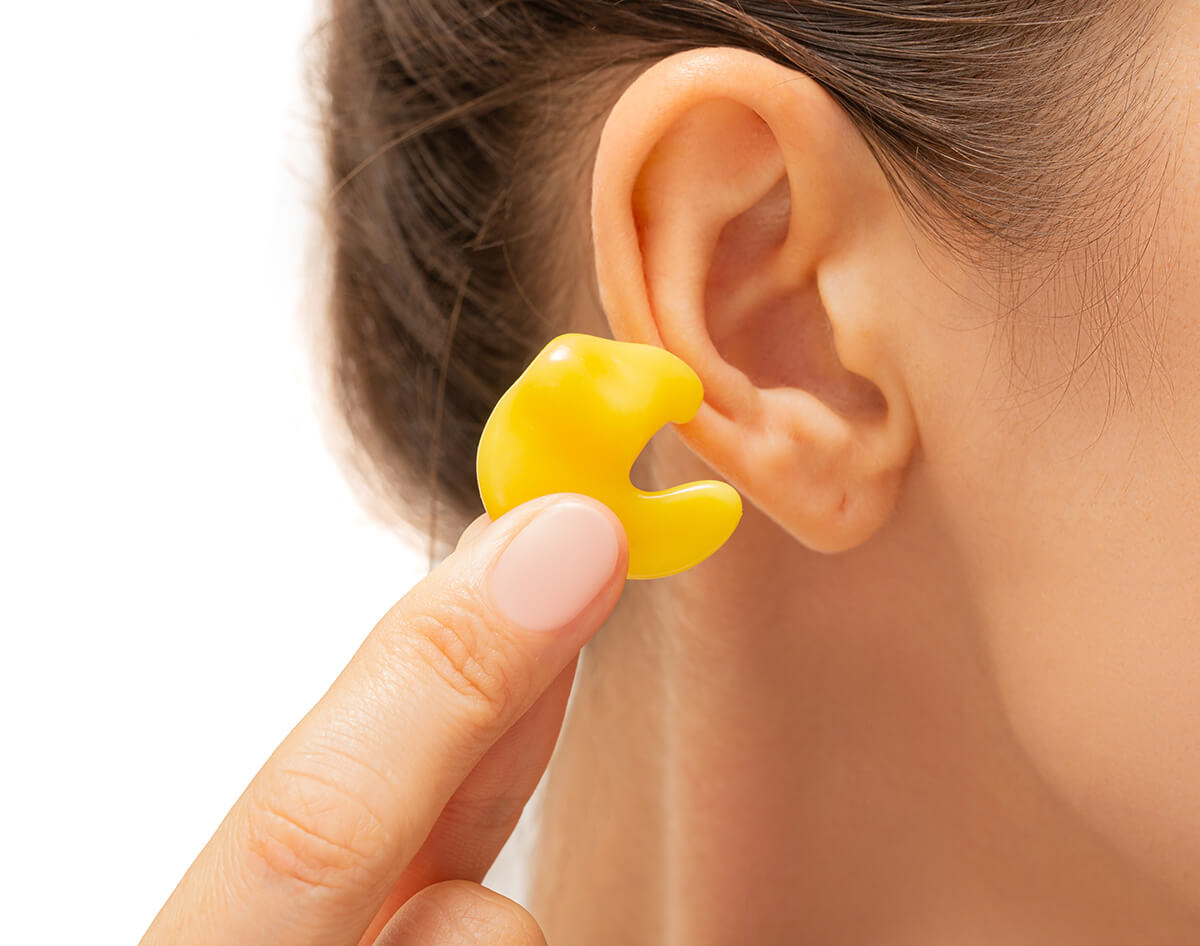
Custom Hearing Protection
Exposure to loud noise is a common cause of hearing loss. The best way to protect hearing health from excess noise is by wearing hearing protection. There are different types of protective wear like earbuds, headphones, earmuffs, and musician monitors. But the best type is custom hearing protection which is made using molds taken off your ears. The perfect fit offers maximum protection and a comfortable fit.

VA Services
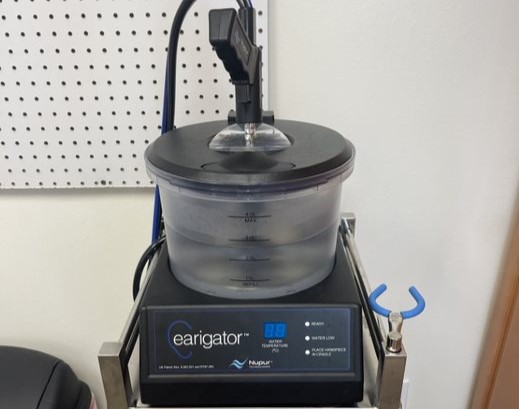
Earwax Removal
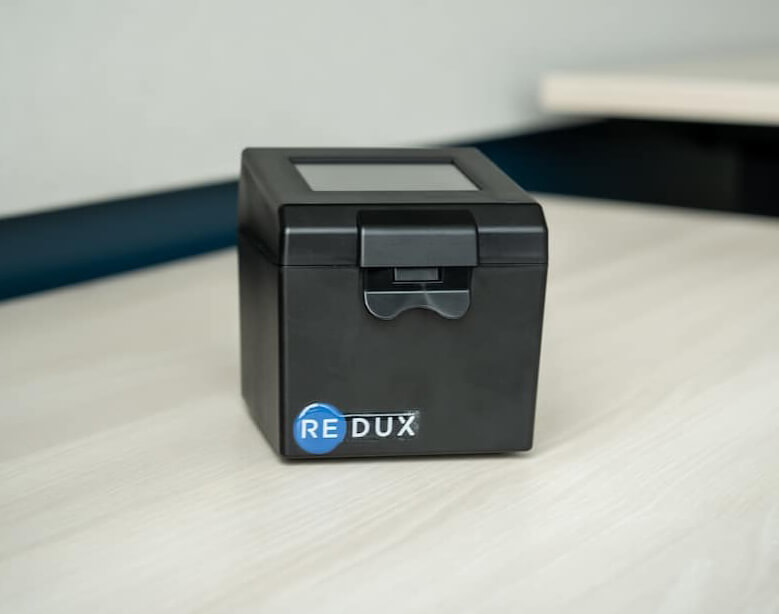
Redux
We are also invested in providing access to advanced technologies that support hearing and hearing aids. This includes Redux, a hearing aid drying device that removes all moisture. Moisture is a common way hearing aids are damaged as moisture can erode the devices’ components. Redux is a device that removes all moisture with a simple press of a button. Our experts can walk you through how to best maintain your hearing aid and maximize this tool to help you do so.
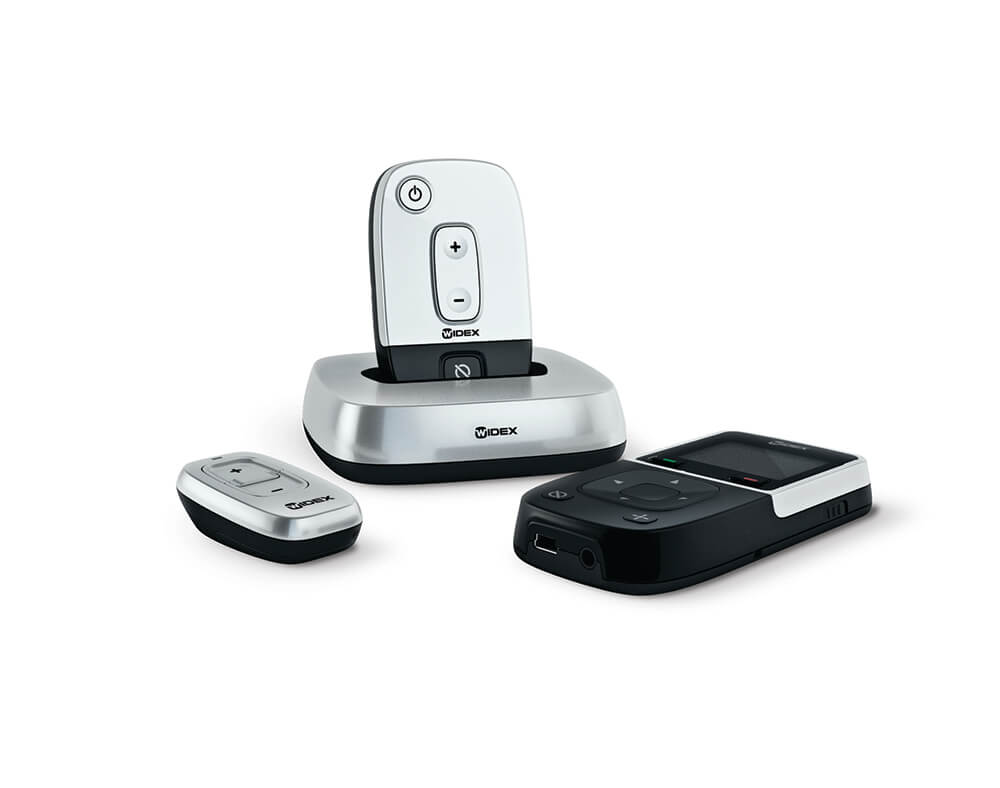
Assistive Listening Devices
In addition to hearing aids, some technologies are designed to support hearing. Known as assistive listening devices (ALDs), these technologies range from amplified phones to accessories for TV. ALDs can be utilized in public and private settings to amplify speech as well as sound. Our experts get to know your lifestyle needs and preferences which allows us to recommend technologies that can seamlessly integrate.
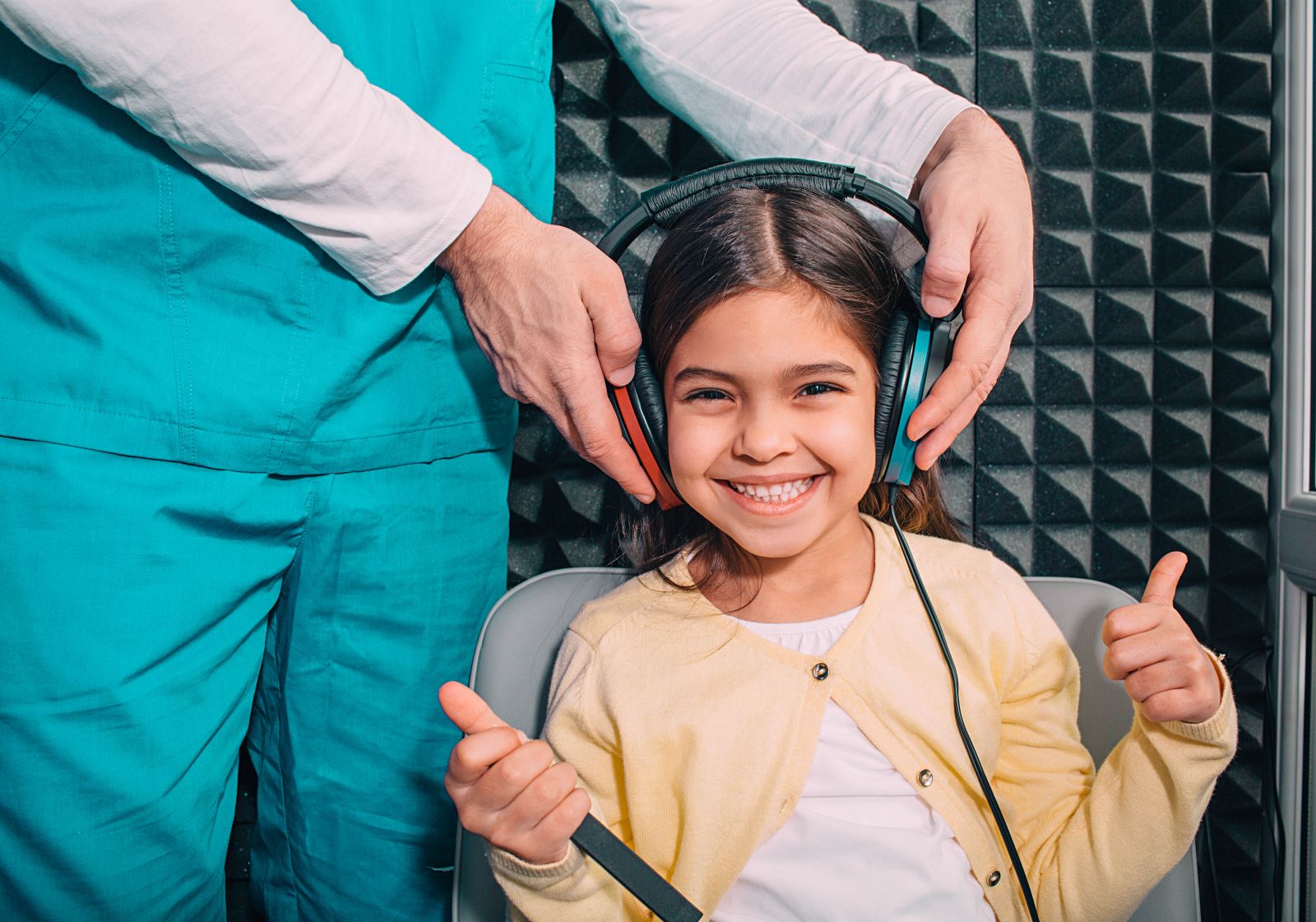
Auditory Processing Disorder Evaluation & Treatment
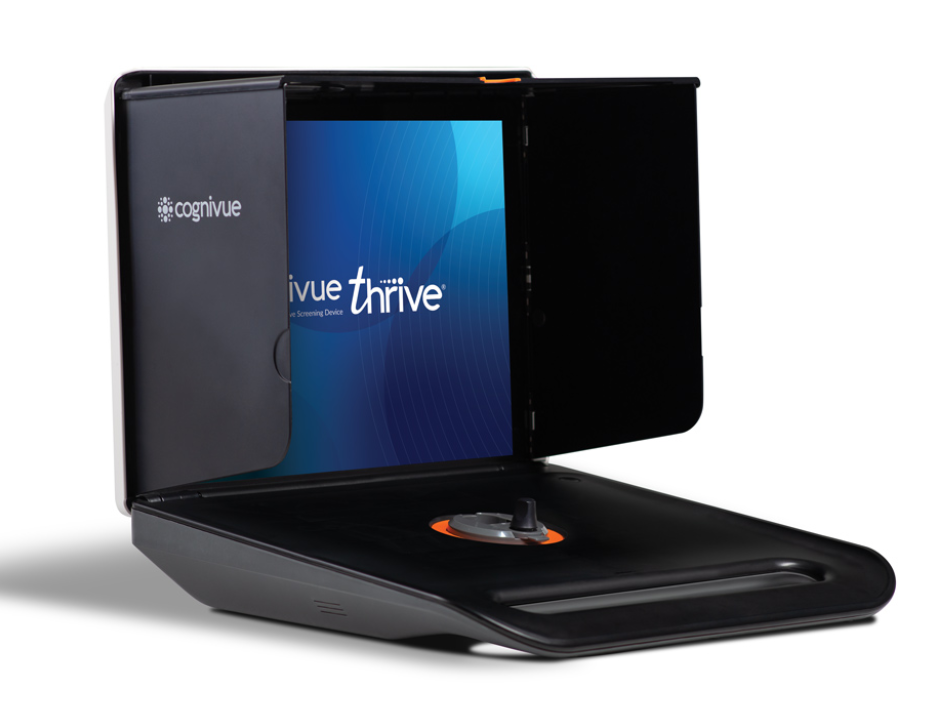
Cognivue
The Cognivue Thrive is similar to a neurologists’ assessment of cognitive function. It is a 5-minute self-administered screening that removes the potential for bias. The Cognivue detects potential cognitive impairment so patients can address modifiable risk factors to potentially change the course of their impairment. The device is FDA approved and examines the following areas of the brain.
- Memory: Your ability to store and recall information when required.
- Visuospatial: Your capacity to receive and understand visual information about yourself and your surroundings.
- Executive function: is your ability to focus and solve problems.
- Reaction time: Your ability to physically react to situations.
- Processing speed: The time it takes to process a task mentally.
